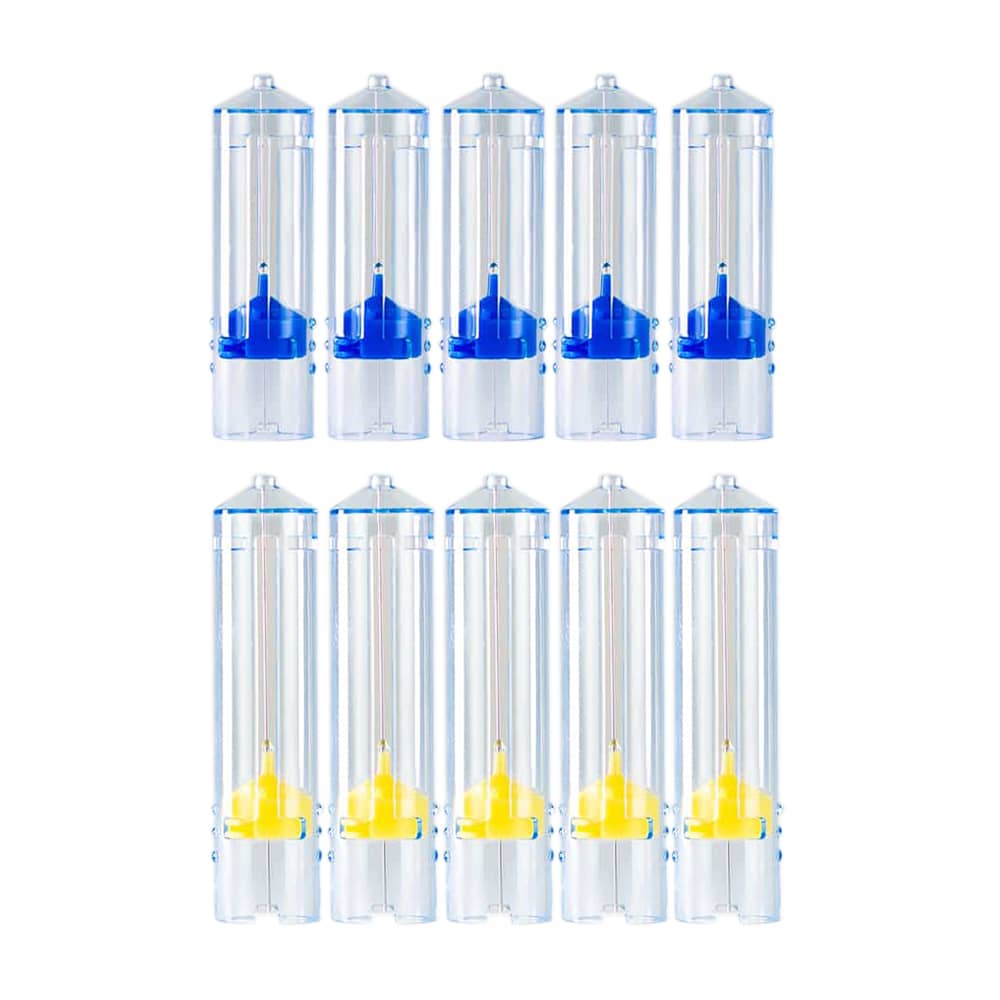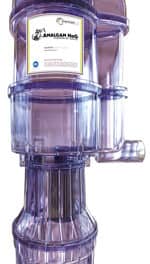We’ve created a cheat sheet of commonly searched emergency dental repairs and how patients can help themselves until they get to your office.
Knocked-out tooth
Keep the tooth moist by rinsing it under tepid water. If you can, position the tooth back into its socket. If you can’t do that without touching the root, place it in between your cheek and gums, in milk, or a cup of water with a pinch of salt in it. Never force it back into the socket. Get to your dentist immediately and don’t forget to bring the tooth.
Cracked tooth
Rinse your mouth with warm water to clean the area and save any pieces you can. If you have swelling, use an ice pack. Until you go to your dentist for a follow-up, avoid hot and cold food and beverages.
Toothache
Start by rinsing your mouth with warm water and then gently floss to clean the area. Gently use dental floss to remove any food caught between the teeth. Never put aspirin on the aching tooth or surrounding tissue. Instead, you can use a pain reliever like ibuprofen to lessen your discomfort. If the pain lasts more than a day, it might be more than a toothache and you should contact your dentist.
Lost crown or filling
Use the same self-care strategy as for a toothache. But unlike a toothache, you should see your dentist as soon as possible to get your crown or filling replaced. Under no circumstances should you superglue it back on.
Infection or abscess
Although you don’t have to rush to the dentist for an infection or abscess, you don’t want to wait too long as they won’t heal on their own. Until you have an appointment with your dentist, floss the affected teeth to remove any irritating food particles and apply a cold compress for the facial swelling. You should also try to avoid food and drinks that are hot, cold, sugary, or acidic until you see the dentist.
Jaw pain
You can take over-the-counter pain medication to ease the discomfort and put cold compresses on your face to combat swelling. Steer clear of solid foods until you see the dentist as chewing can put you in even more pain.
Bit tongue or lip
Simply clean the area(s) gently with water and apply a cold compress if you experience swelling. If the pain persists, call your dentist.
Share these tips with your staff, your patients, and your social media followers so you can become the go-to-source for handling any type of emergency dental service. You can even print it out and have it on hand for incoming calls from worried patients and literature for them to read in your lobby. Be sure to remind them that when they do have a dental emergency, these are only temporary fixes and that it’s important to visit your office as soon as possible.

Ready to Try a Better Needle System?
Unlike traditional needles, the SimpleCAP needle promotes safety during assembly, usage, recapping, disassembly, and disposal. The result is a needle system that makes patients more comfortable, staff safer, and the delivery of care more efficient.










